Minimally invasive vein therapy
VEIN TREATMENT
Innovative and very gentle therapy methods are available for the treatment of vein problems. The damaging accumulation of blood in the saphenous veins and the leaking venous valves are treated with endovenous thermal ablation using special catheters or with ultrasound-controlled foam sclerotherapy. The latest procedure is treatment with a special acrylate adhesive ( VenaSeal ).
Laser or radio frequency catheter
A radiofrequency catheter (ClosureFAST) or a laser catheter is inserted into the vein through a puncture of the diseased trunk vein under ultrasound guidance. The affected vein is destroyed by means of controlled heating. This is then broken down by the body cells and dissolves completely after some time. The harmful blood congestion in the vein is thereby eliminated. Treatment is often on an outpatient basis and can be done under local anesthesia.
There is hardly any pain after the procedure and there are hardly any visible scars. A compression stocking should be worn for 7 days after the operation. You will be able to work the next day.
VENEX is one of the leading centers in this field internationally and not only has 20 years of experience, but also numerous publications in top international medical journals and scientific awards.
The long-term success rate with the Closure Fast catheter in our center is 98.6 %, the complications are 0%.
Adhesive (VenaSeal method) - the new method
This method is a non-thermal endovenous Catheter Procedure. A medical acrylate adhesive is injected into the diseased trunk vein via a special catheter. The vein is punctured under ultrasound control. The adhesive closes the treated vein, which is then slowly broken down by the body. Local anesthesia is not necessary because the procedure is not painful. In addition, it is not necessary to wear a compression stocking after the procedure. The procedure can therefore also be used in the summer months. The medium-term experience is very good, and the success rate is similar to that of thermal catheters.
Foam sclerotherapy – simple and effective
Foam sclerotherapy has revitalized sclerotherapy (sclerotherapy). The liquid sclerosing agent (0.5% -3% polidocanol) is mixed with air in a specific ratio (e.g. 1:4) and foamed. The foam is injected into the vein in question under ultrasound control and enables targeted obliteration of a specific section of the vessel. The fine-bubble, solid foam displaces the blood and remains in the vessel for minutes until it is dissolved. This ensures a long and continuous contact of the sclerosing agent with the vessel wall.
Both the trunk veins and the side branches can be successfully treated with this method on an outpatient basis. Since the amount of foam injected in one session is limited (6-10 ml), several treatments often have to be carried out to achieve the desired result. Anesthesia is not necessary, the needle punctures heal without scarring. After the treatment, a venous stocking should be worn for 1 week. The patients are able to work immediately. The closure rate is 75-80%. Veins with a very large cross section can sometimes recanalize and need to be treated again.
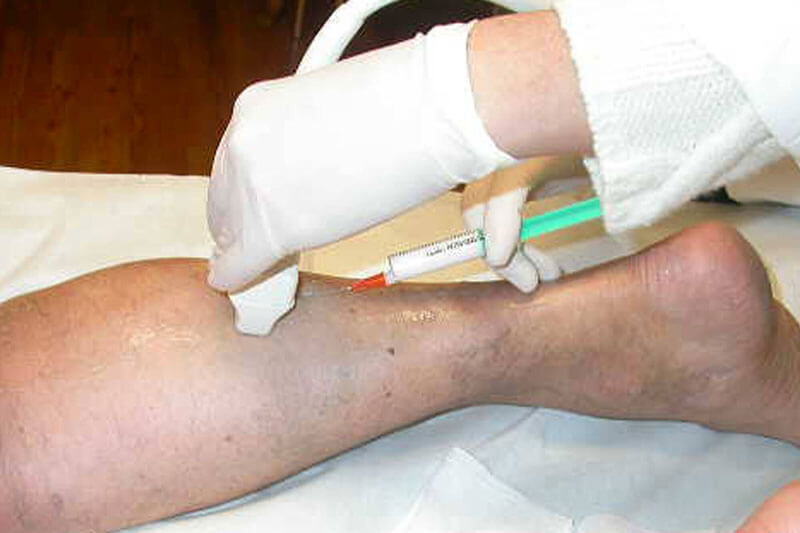
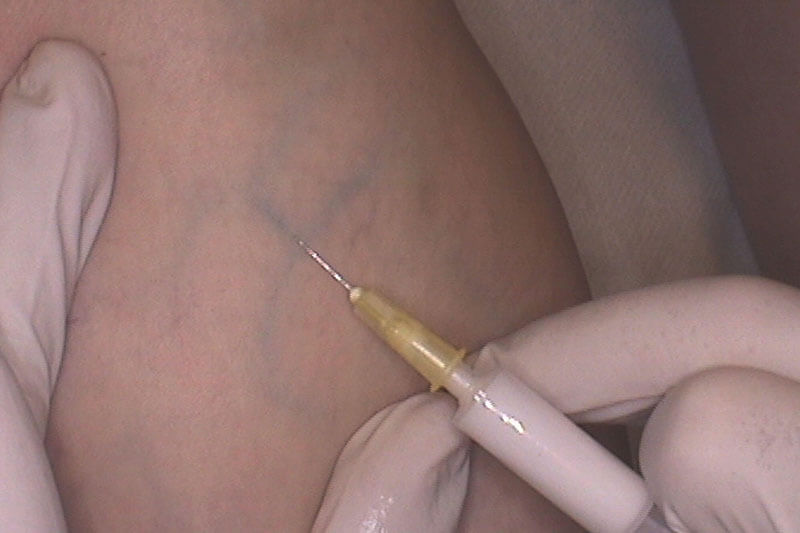
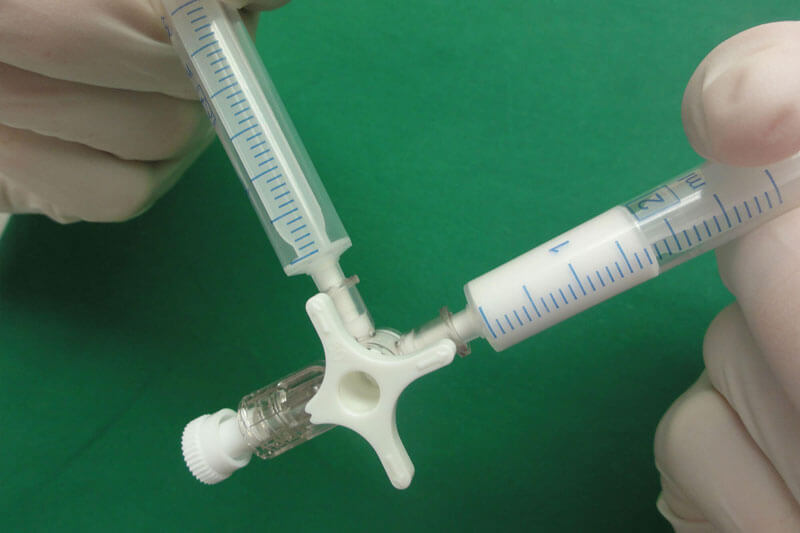
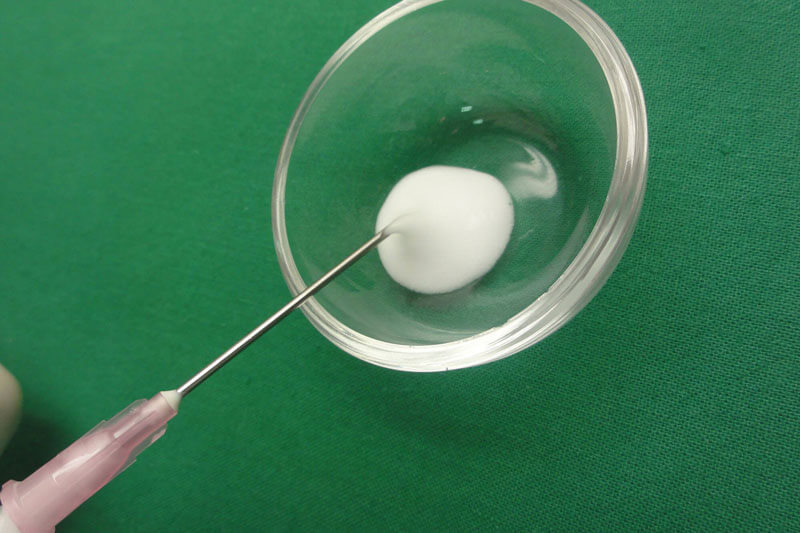
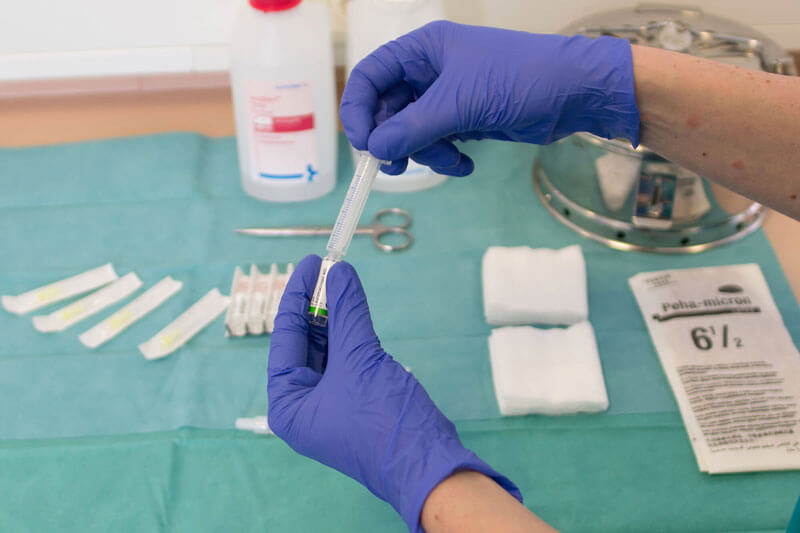
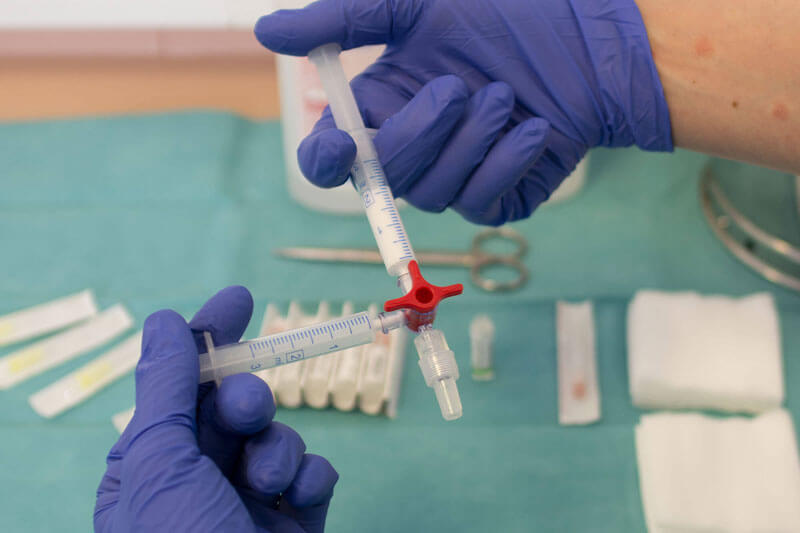
Ministripping (miniphlebectomy)
With this method, tortuous, superficial varicose veins are removed with special fine hooks through small punctures. A seam is not necessary as the stitches are glued. Mini stripping can be performed under local anesthesia and on an outpatient basis. After that, it is necessary to wear compression for 7 days. A few months later, the puncture marks are barely visible. The treatment can be carried out under local anesthesia and on an outpatient basis.
Individual consultation
Individual consultation: We would be happy to consult you extensively on the individual examinations and treatment options in one of our offices. You are also welcome to schedule an appointment online.
